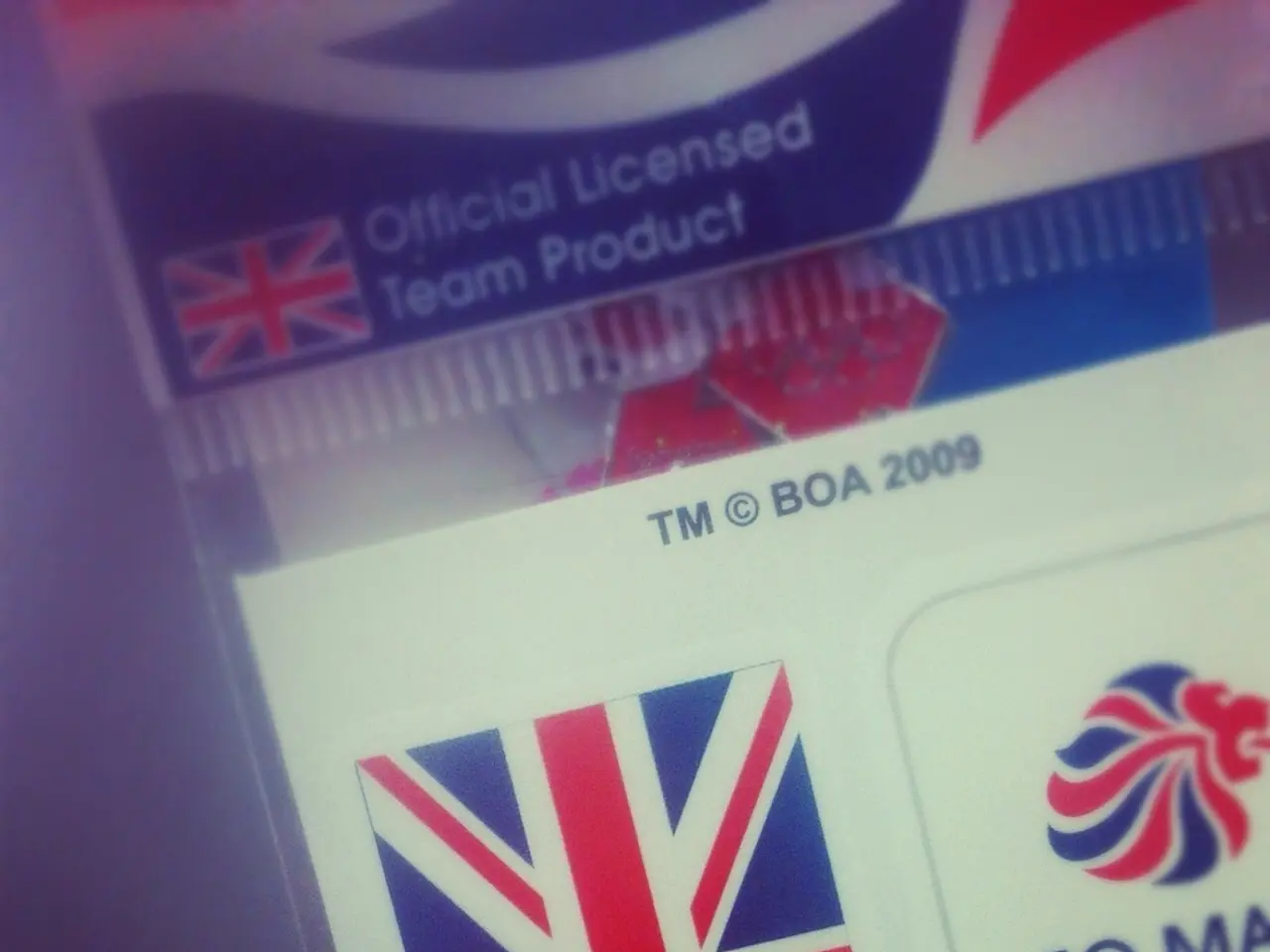Stricter Crypto Regulation Called for Within EU, Indicating Concerns over Current Oversight
The European Union (EU) is making significant strides in regulating the crypto market, aiming to align its rules with global standards set by the Financial Stability Board and the International Organization of Securities Commissions (IOSCO). This move is part of a broader effort to enhance digital asset infrastructure and investor protections.
The European Securities and Markets Authority (ESMA) has taken on a more prominent role, assuming direct supervision over significant providers of crypto-asset services. This move is designed to ensure uniform application of rules and more effective monitoring within the European crypto regulatory framework.
In a joint call, France's Autorité des Marchés Financiers (AMF), Austria's Financial Market Authority (FMA), and Italy's Commissione Nazionale per le Società e la Borsa (CONSOB) have urged for a stronger, more harmonized European regulatory framework to govern digital assets more effectively.
The EU's MiCA framework allows crypto firms to secure licenses from individual EU member states. However, regulators have highlighted inconsistencies in national oversight, prompting proposals for tighter rules across the EU. Among the recommended reforms, ESMA has eased requirements by exempting miners and validators from strict market abuse reporting under MiCA, shifting the responsibility to exchanges.
The EU has also strengthened its regulatory grip on crypto by approving the Anti-Money Laundering Regulation (AMLR), set to take effect in 2027. The AMLR bans privacy tokens like Monero and Zcash and outlaws anonymous transactions to boost transparency.
In addition, the proposals include mandatory cybersecurity audits to strengthen digital asset infrastructure. Europe focuses on stability, consumer protection, and cross-border consistency under MiCA, while the U.S. leans on market-driven experimentation despite regulatory uncertainty.
However, Europe risks curbing innovation with its tight compliance demands, while the U.S. faces unpredictability from fragmented oversight. The AMF Chair, Marie-Anne Barbat-Layani, stated that Europe does not exclude the possibility of refusing the EU passport to crypto firms. The Bank of England is considering stablecoin holding caps, a proposal that critics say restricts the market more than EU and U.S. standards.
In their review of MiCA's initial implementation, effective since the 30th of December 2024, the three European regulators called for stronger investor protections. They also urged the need for clearer and more standardized procedures for white paper disclosures.
As the EU intensifies its oversight of crypto markets, it continues to walk a fine line between fostering innovation and ensuring stability and transparency.
Read also:
- IM Motors reveals extended-range powertrain akin to installing an internal combustion engine in a Tesla Model Y
- Ford Embraces Silicon Valley Approach, Introducing Affordable Mid-Sized Truck and Shared Platform
- Future Outlook for Tesla in 2024: Modest Expansion in Electric Vehicle Sales, Anticipated Surge in Self-Driving Stock
- Vegetable oils are similarly utilized in the process of road cleaning.







